Apple Gets Serious About Endurance Athletes
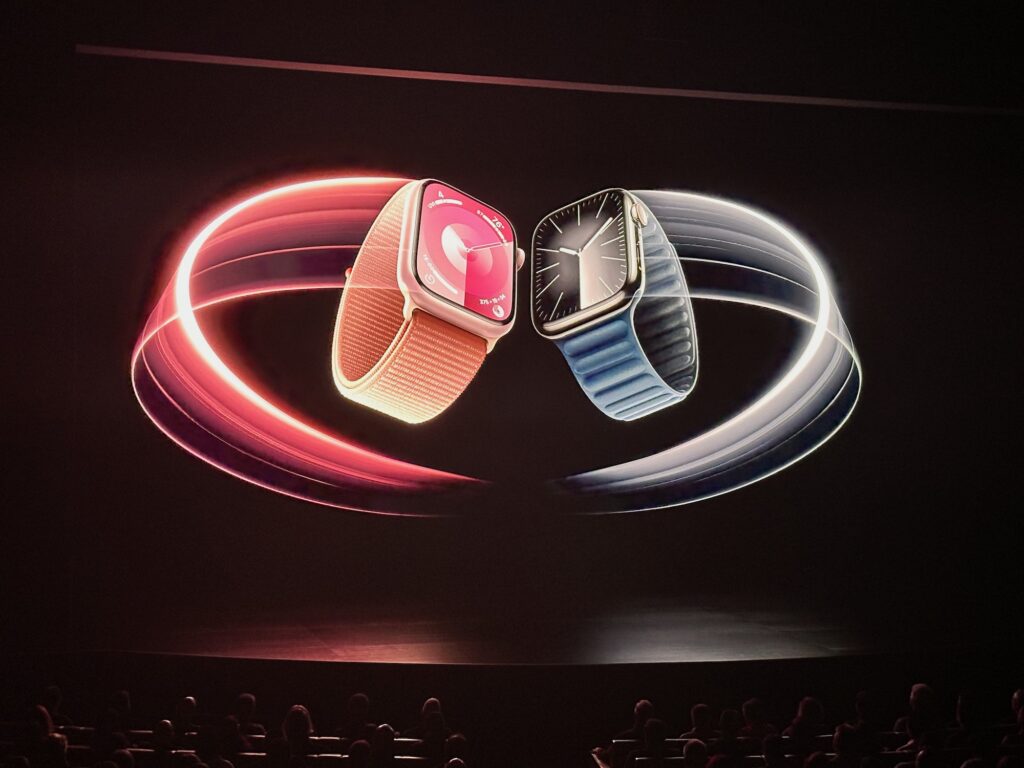
A few years ago the PR folks at Apple reached out to me and wondered if I had any story ideas that might be pertinent to them. I did – I wanted to follow up on why the Apple Watch had suddenly become the go-to smartwatch for my wife and daughter. What was it that attracted them to the device, even though it didn’t offer anywhere near the same features available on other watches?
The end result was a feature that outlined the training and safety capabilities available on the Apple Watch. The story began with an experience that highlighted the safety capabilities.
“Did you know that this watch would start talking to me?” my wife asked after she had fallen during a hill workout in the trails – the watch registered the fall and asked her if she wanted it to reach out for help. That day one of the women who was running with my wife at the time went out and bought an Apple Watch for her elderly father – he steadfastly refused to wear any other alert device, but conceded to the watch.
In terms of training capabilities, even though it had limited battery life, the Apple Watch did a decent job of tracking distance and other data. It was more than enough for my not-so-data-driven wife. As long as she could track how far she went and for how long, she was happy. Her Garmin head unit provided all the power data she needed on the bike. The Apple Watch would keep track of her total meters in the pool, and a pace clock took care of the interval times. Add to that the smartwatch features that made it easy to sync life activities with her iPhone, and the stylish looks, and you had a watch she was happy to wear all day, including for her training.
Here Comes the Ultra
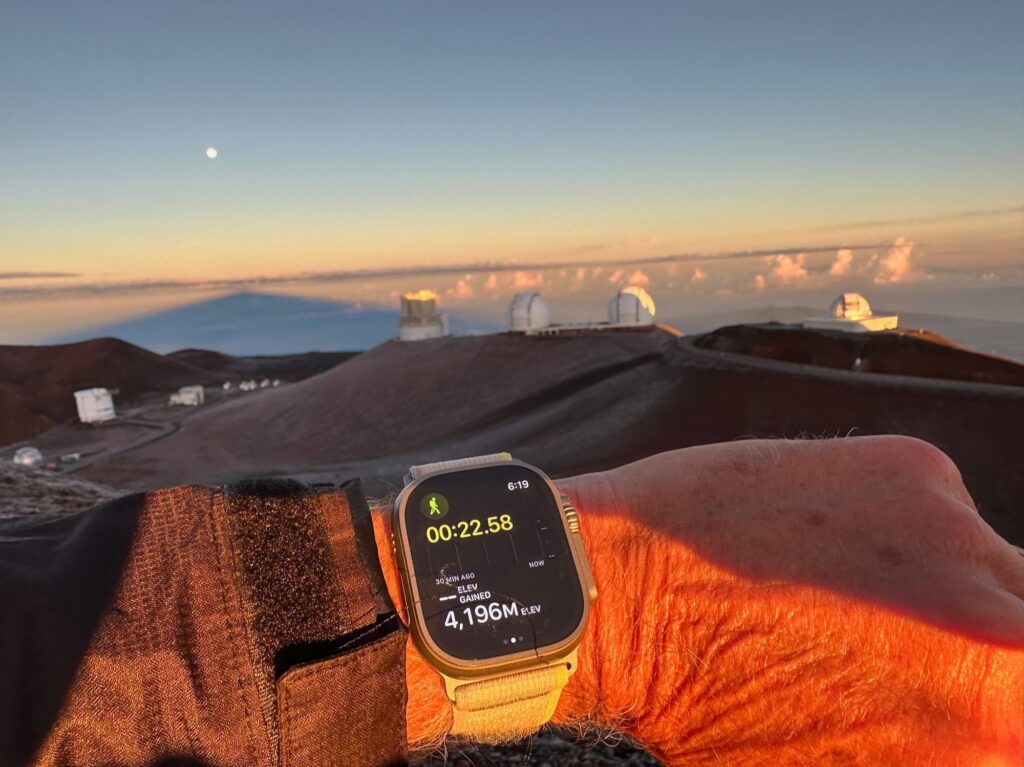
About a year later Apple announced some big changes to the Watch OS that, to me, signaled the company was getting a bit more serious about the training capabilities of the device. I called that out to my PR contact at the company. As is usual with Apple, I got no concrete info, but a few months later I got an invite to Cupertino. During that September’s Apple Event, the Apple Watch Ultra was announced. My inclination had been right, but I was off in terms of the scale. The introduction of the Apple Watch Ultra signaled that Apple was getting very serious about those of us in the endurance training and racing world.
Suddenly Apple was offering a rugged, sports-oriented watch that offered lots of battery life, extremely accurate GPS and HR data, and a lot more. There was a customizable “action button” that allowed you to easily take splits or do other functions to enhance your training, all while still providing all the smartwatch features we all like to have on our wrist.
Until the Ultra came along, doing a full-distance race using an Apple Watch to track your data wasn’t remotely an option. In May, 2022, my wife won her age group at IRONMAN Lanzarote. I had to announce at the Challenge Championship in Samorin, Slovakia, the same day, so before I left her in Lanzarote (my daughter covered announcing duties for me and her husband served as my wife’s race-day Sherpa) I gave her my Garmin Forerunner to wear on race day.
She either forgot or simply ignored me, and spent the last half of the bike and the entire run looking at a dead screen on her wrist. Fast forward to October, 2022, just a few weeks after I’d been introduced to the Ultra, and I asked her if she wanted to give the Ultra a shot for the IRONMAN World Championship. My contacts at Apple gave me a hard time for encouraging my wife to try something new for such a big race, but she was happy to give it a shot. She had no problems figuring out how to use the Ultra on race day, and became the first IRONMAN World Champion to use Apple’s latest watch. (The battery life exceeded all our expectations – there was lots of juice left after she finished!)
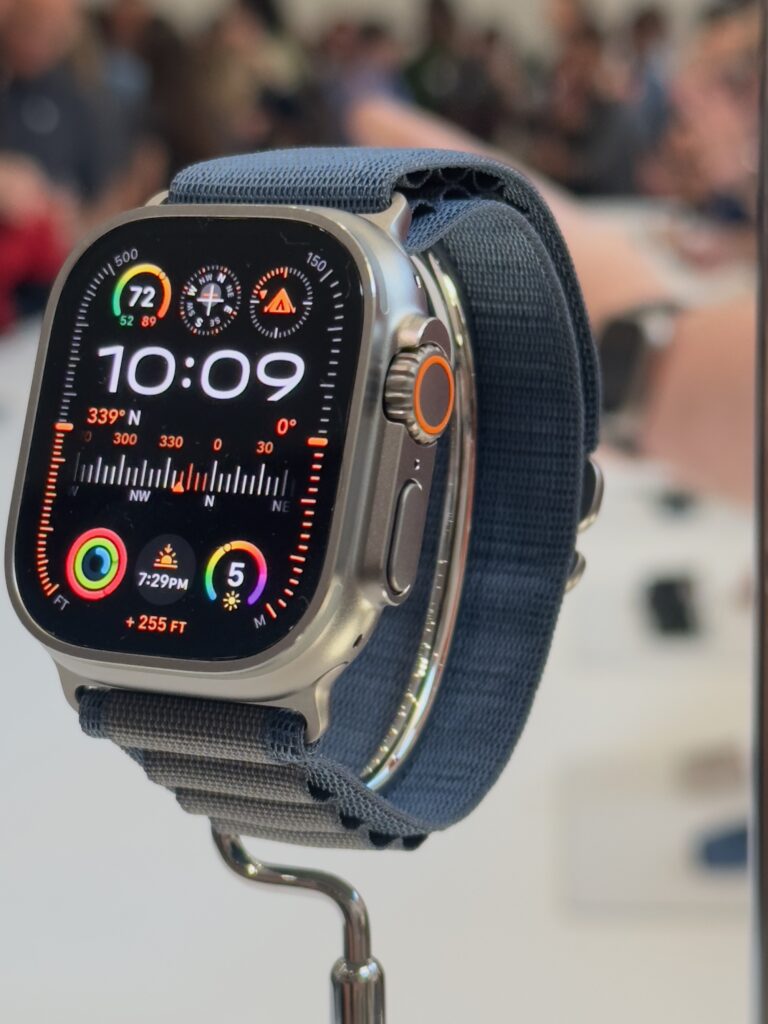
“We are thrilled that so many people in your endurance world, people who love Apple, but simply haven’t been able to wear an Apple Watch because it wouldn’t have been able to accommodate them, they’re not just going to be able to enjoy an endurance event, or an adventure,” Jay Blahnik, Apple’s Vice President of Fitness Technologies, said in an interview with me after my wife’s big win in 2022. “The cool thing about Ultra is the same watch that can help you win a world championship is the same watch that can help you get to a meeting on time, or listen to music, or pay for the things you want to buy with Apple Pay or take an ECG for goodness sakes. I think that’s what makes it so special, that Apple Watch is now more rugged than ever, for Apple Watch, but it’s still quintessentially Apple Watch at its core, and does all the things that you would expect it to do during the day when you’re not having an adventure or going to the depths of the sea or doing a long course triathlon.”
The Ultra offered up the equivalent of an iPhone or MacBook Pro – a watch with a bigger screen, considerably longer battery life and the “action” button that allows for more options during training.
A year later Apple updated the Ultra, taking things one step further with the addition of Bluetooth connectivity to power meters. The Apple Watch Ultra 2 extended the display while keeping the watch the same size, and provided up to 3,000 nits of brightness to make it even easier to track data in bright, sunny conditions. Battery life remained at the 36 hours (up to 72 hours in low power mode) the original Ultra enjoyed, despite the brighter screen and powerful S9 SiP chip that offered enough computing power to allow you to tap your fingers to activate different functions and provide on-device Siri processing.
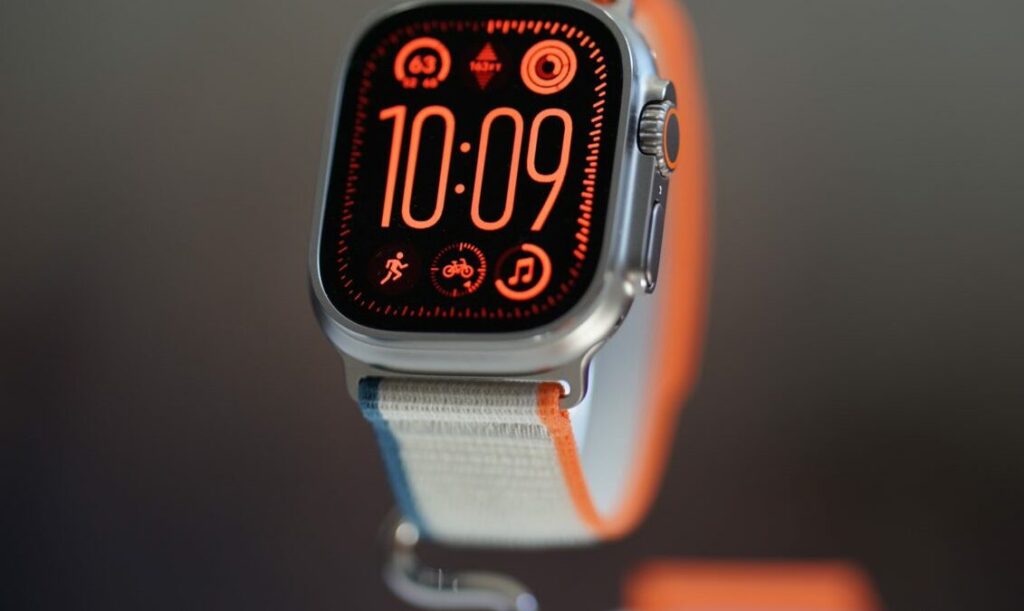
Apple Watch Ultra 2 Stats
- Cost: US$799/ C$1,099
- Material: Titanium Case
- Size and weight: 49 x 44 x 14.4 mm. 410 x 502 pixels. 61.4/ 61.8 g (natural/ black Ti)
- Hardware: 3 microphones, speaker, siren/ speaker, Digital Crown, customizable action button, side button, depth gauge/ water temperature sensor
- Controls: Action button, Digital Crown with haptic feedback, side button, double tap gesture, Siri with on-device processing
- Chip: S9 SiP with 64-bit dual-core processor
- Sensors: Electrical heart sensor, third-generation optical heart sensor, temperature sensor, depth gauge, water temperature sensor, compass, always-on altimeter, high-g accelerometer, high dynamic range gyroscope, ambient light sensor
- Health tracking: Blood oxygen app, ECG app, cycle tracking app, heart rate app, high and low HR notifications, irregular rhythm notification, medications app, mindfulness app, noise app, sleep app, sleep apnea notification
- Display: Always-On Retina OLED display, flat sapphire crystal display, up to 3,000 nits brightness, 326 pixels per inch, night mode
- Audio: Three microphone array, dual speakers, media playback
- Battery life: 36 hours (up to 72 hours in low power mode), fast-charge capable – up to 80% charge in one hour
watchOS 11
In terms of the OS, Apple kept upping the game to make its watches more functional for triathletes, adding Training Peaks functionality that enables athletes to load structured workouts to their watch. Last August Apple signalled they were adding even more fitness and health functionality to the watches with the watchOS 11.
Included in the operating system update was a new training load feature and a new Vitals app so you could easily keep track of health stats. Just like other high-end training watches, the Training Load feature allows athletes to track just how hard they’ve been working for a given period of time. That can help us “type-A love to overtrain” types to know when to back things off a bit. The Workout App was also enhanced so that you can even load structured swim workouts (in addition to structured bike and run sessions) to the watch.
The Vitals App is another great way to monitor your training levels, offering a single view of your overnight stats including average heart rate, respiratory rate, wrist temperature, blood oxygen and sleep duration. (Thanks to a law suit in the US, devices sold after Jan. 18, 2024 don’t support blood oxygen measurements, but that function is available in all other regions.)
All this was in addition to the numerous other features that draw people to the Apple Watch for other reasons – frequent travellers appreciate the new Translate App, you can save hike and walking routes to the Maps App and you can customize the watch face with a variety of Smart Stack offerings and personalized photos.
Apple Watch Series 10
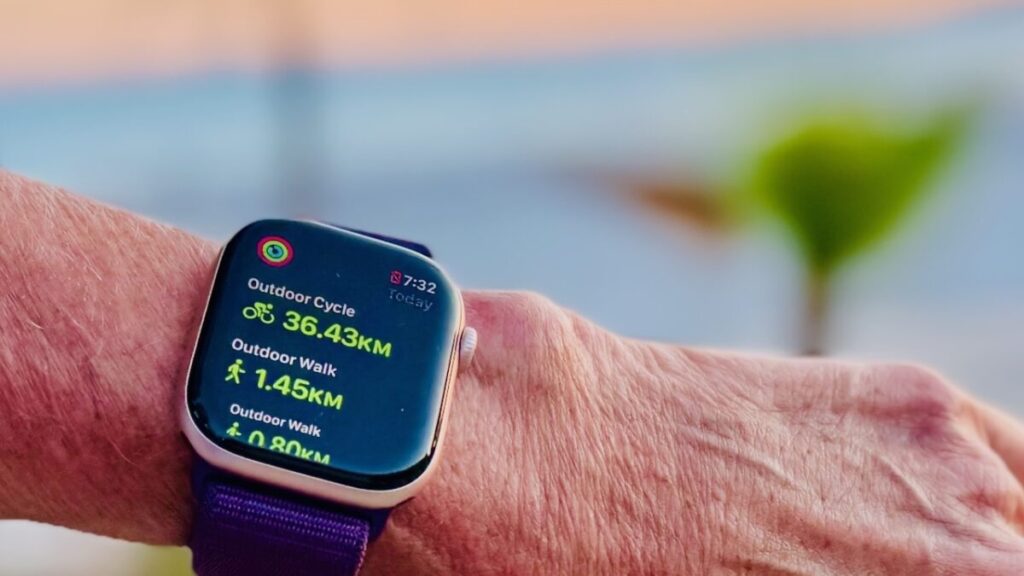
There was no update to the Ultra 2 last year, but Apple really enhanced the training capabilities of the new Series 10. While it won’t get you through an IRONMAN, the Series 10 will take care of pretty much anything else. For a lot less money you get a watch that provides pretty much all the functionality of the Ultra 2 (and, in some ways even more). My wife has been testing the Series 10 out for a few months now and is more than happy.
Part of that is because the new Series 10 is the thinnest watch Apple has ever made, but it’s also got the largest and most advanced display the company has come up with, too. For someone with a tiny wrist, the Series 10 feels a bit better than the Ultra. It’s also lighter – for both the aluminum or titanium versions – than both the Ultra and the Series 9. The OLED display is easier to see from an angle, which is something you’ll appreciate when you’re making a quick glance down at the watch to track your effort. The speakers are also considerably better on the new Series 10. (Sure, you’re not likely to listen to music through those speakers, but in a pinch they do pretty well for a call, especially since the watch offers improved voice isolation.
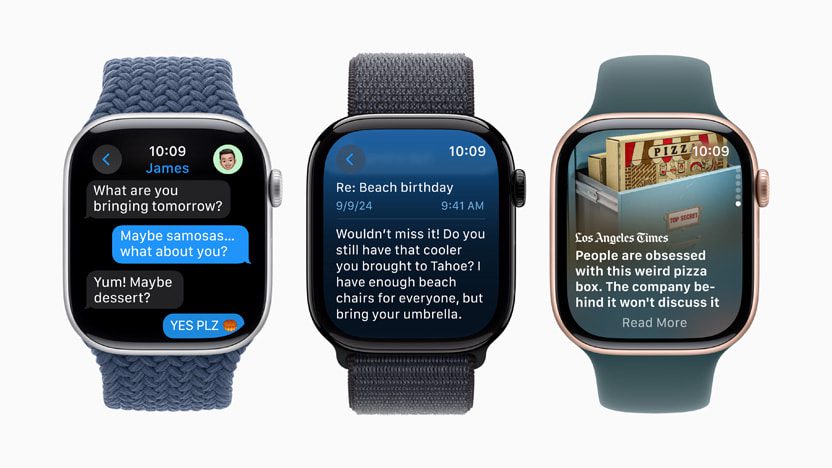
You get all the functionality the new watchOS11 has to offer, too. What you don’t get is the battery life of the Ultra 2, or the action button on the left side of the watch, which can be a game changer for some. The Series 10 is rated for 18 hours of daily use, but it does charge very quickly. Thirty minutes will get you up to 80% battery life.
One thing we’ve noticed during my wife’s testing is the new chip offers improved accuracy in some instances – where the Ultra 2 will miss some of my distance during kicking sets in the water, the Series 10 has been bang on with swim distances. Our guess is that’s a function of the faster chip in the newer watch.
For serious, long-distance triathletes, though, the Series 10 probably won’t be an option because of the battery life. If you’re racing a full-distance event, you’re going to need a second watch to race with, so this likely isn’t the watch for you. If you’re not gearing up for something that long, though, the Series 10 is a more than viable option.
Apple Watch Series 10 Stats
- Cost: US$399/ C$549
- Material: Aluminum (Jet Black, Rose Gold, Silver), Titanium (Slate, Gold, Natural)
- Size and weight: 46 x 39 x 9.7 mm, 36.4 g (Al), 41.7 g (Ti); 42 x 36 x 9.7 mm, 30 g (Al), 34.4 (Ti)
- Hardware: Digital Crown, microphone with voice isolation, electrical heart sensor, speaker/ air vent, blood oxygen sensor and optical heart sensor
- Controls: Digital Crown with haptic feedback, side button, double tap gesture, Siri with on-device processing
- Chip: S10 SiP with 64-bit dual-core processor
- Sensors: Electrical heart sensor, third-generation optical heart sensor, temperature sensor, compass, always-on altimeter, high-g accelerometer, high dynamic range gyroscope, ambient light sensor, depth gauge, water temperature sensor
- Health tracking: Blood oxygen app, ECG app, cycle tracking app, heart rate app, high and low HR notifications, irregular rhythm notification, medications app, mindfulness app, noise app, sleep app, sleep apnea notification
- Display: Always-On Retina wide-angle OLED display, Ion-X front glass (aluminum case), sapphire crystal (titanium case), up to 2,000 nits brightness, 326 pixels per inch
- Audio: Speaker, media playback
- Battery life: 18 hours (up to 36 hours in low power mode), fast-charge capable – up to 80% charge in 30 mins
10 Years of Apple Watch
The first Apple Watches were very much smartwatches, with very little to offer on the fitness tracking front. By the time Apple got to 10 years worth of Apple Watch development, though, things had very much moved on from fashion and smartwatch capabilities. Health capabilities have steadily expanded, and over the last few iterations of the watch, the fitness capabilities have dramatically expanded.
Is the Apple Watch Ultra or Series 10 the best training watch on the market? I wouldn’t want to even attempt to make that argument. Battery life alone makes that a tough call. The Garmin Fenix 7 I reviewed a few years ago literally got me through a seven-day training camp and my coverage of the Marathon des Sables in the Moroccan desert with weeks of battery life remaining. There are lots of GPS training watches from Wahoo, Garmin, Coros, Suunto and Polar available that offer excellent training functionality with decent smartwatch functionality.
For those who use an iPhone and really want all the functionality of a smartwatch that will pair with their Apple devices, the Ultra or the Series 10 do a pretty impressive job. Add to that the impressive health tracking capabilities the watches now provide, and you have a very nice set up. The Apple Watches won’t get you through most ultramarathons or an Ultraman triathlon event, but for those of us who aren’t racing that far, they more than get the job done.
Tags:
AppleApple Watch Series 10Apple Watch UltraApple Watch Ultra 2GearSmartwatchContinue the discussion at forum.slowtwitch.com
44 more replies

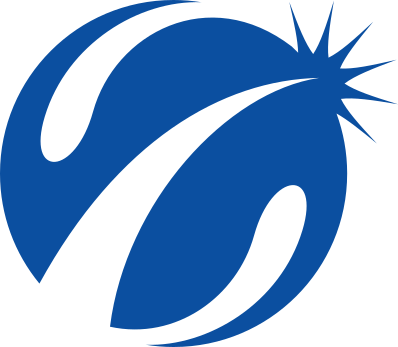


^^^^^This. Still a long way to go vs. a Garmin Fenix8 or Epix2.
It’s a great smartwatch and the UI is much cleaner, but for the hardcore stuff they still have a ways to go. The existential threat to Garmin is that Apple clearly has the resources to get there over time if they want to make it a focus.
Apple is so far away from Garmin with the sports crowd it will need years to catch up. Garmin has a cult brand that says “I’m serious” in a way that Apple Watch won’t ever have. I recently was in a room recently full of young top 1% athletes for a niche endurance sport and there wasn’t a single person there who wasn’t wearing a Garmin Fenix, Epix etc. Literally every wrist had a Garmin on it. Remember that watches are already established as a status / identity / image device and Apple still screams basic white person.
The second miss of this advertisement article is that Apple envy’s Garmins hold on the high ASP market. Garmin owns the smartwatch market for price points above 500, and even though their unit share is much lower than Apple and Samsung their ASPs are double Apple.
We don’t do advertorial. We have zero relationship with Apple. And Kevin has decades worth of integrity built up, the same way Dan does.
Calling his article an advertisement is some serious bullshit.
Ryan, sorry, but I read through the article and I seriously got the impression it was a paid placement to build brand consideration for Apple. Glad to learn that you don’t do advertorials. I don’t know Kevin, one suggestion might be to have the writers byline link to their bio.
It reads that way. Maybe it is his writing style.
Just put a similar disclaimer to the dcrainmaker reviews or if loaners were given and kept acknowledge it.
We have partners. We list them at the bottom of our homepage. But, even for them, we don’t do advertorial. We cover their products or services – extensively, in-depth, and will sing their praises when they get it right, and take them to the woodshed when they get it wrong.
I’ve written about my own Apple Watch Ultra a little bit in context of training, but not as a standalone piece. (I paid out of my own pocket through my cell plan for it.) It’s by far the most accurate optical HR I’ve ever used. And it does most basic training stuff quite well.
For the non-data geek athlete, it’s a compelling item, particularly if you’re wedded to the Apple ecosystem.
Welcome back to posting This is also just a part of the new longer form articles readers can except for the Slowtwitch + experience we are launching in a week or so. We do have Author bio’s coming with that update which will be cool
This is also just a part of the new longer form articles readers can except for the Slowtwitch + experience we are launching in a week or so. We do have Author bio’s coming with that update which will be cool 
Tried on an Ultra a few times at our apple store, felt like a big square brick on the wrist.
Everyone I know who has run with an apple watch has said it doesn’t track as accurate as a garmin…YMMV
The ECG feature…mainly needed for the heart issues you’ll have during the buyers remorse period…
A sports watch with a touchscreen is a stupid idea. Cheaper than buttons, and cool when I’m sitting at a desk. But when I’m running or bouncing around on a bike it’s impossible. Try tapping the top left quadrant without looking, even when you’re not moving.
An absolute minimum should be a start/stop button and a pause button, $100 garmins have 4 buttons, but an $800 watch can only have 2? Being incredibly generous maybe you can turn the entire touchscreen into a third button.
I guess my question is what does this do a sport watch that every other brand didn’t do 10 years ago? I don’t need a microphone to record my intervals, certainly not a “64-bit dual core processor”, little reason for compass on a GPS enabled device, ditto for altimeter. It feels like a lot of feature thrown on to sell rubes who have no idea what they actually want, but know they have to have “the best”.
I’m happy that Apple makes progress.
However, I have a 1y old Apple watch I never use - I cannot cope with the battery lasting so short. I don’t need 90% features anyway, just a 5x better battery life…
The Ultra or Ultra 2 has all the battery life you need.
nope.
I follow a YouTube channel called the Quantified Scientist, he does testing of all these watches, and the Apple does seem to be a world apart in terms of optical HR accuracy and sleep/health tracking. I wish Garmin could bring up their level to match, the Apple Watch is impractical for endurance sports given the lack of physical buttons and battery life.
i second this. the gps is always so off
Whereas mine is spot on versus my Garmin in my rural, middle of nowhere area.
@ericlambi for me, the Ultra is really good for the most of my run miles. Beyond that, it’s more functional on my everyday life, too. From that perspective, it’s good. But it ain’t a Garmin, for sure.